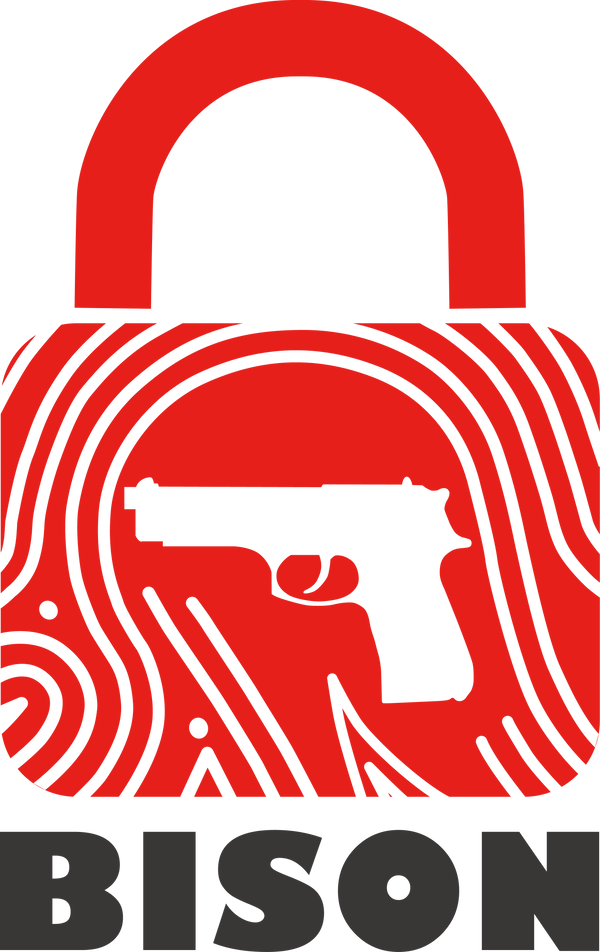In today's society, gun safety education is crucial. Every year, there are thousands of accidental firearm incidents, many of which could be prevented by properly using gun locks. Whether you own a firearm or not, understanding how to properly use gun locks is an essential skill. In this article, we will explore how to use gun locks correctly through gun safety education to ensure the safety of families and communities.
First, let's understand what gun locks are. Gun locks are devices designed to prevent unauthorized access to firearms. They come in various types, including gun cable locks, trigger locks, combination gun locks, and fingerprint recognition gun locks. Regardless of the type, it is important to understand their methods of use so that you can choose according to your needs.
Gun Cable Locks:
Usage: Gun cable locks are devices that secure firearms to fixed objects using steel cables. First, thread the steel cable through the firearm's barrel and magazine well (if applicable), then secure the steel cable to a sturdy fixed object (such as a door frame, wall, or furniture). Finally, use a key or password to lock the core, ensuring the firearm cannot be moved or operated.
Advantages: Easy to install and use, suitable for most types of firearms.
Precautions: Ensure you choose a sufficiently sturdy fixed object and secure the steel cable in a position where the firearm cannot be easily removed.
Trigger Locks:
Usage: Trigger locks are devices that secure the trigger in a stationary position, preventing the firearm from firing. Typically, trigger locks are installed in the firearm's trigger area and secured by inserting and locking a key or combination code. This prevents the trigger from being pulled even when the firearm is not in use.
Advantages: Simple to use, effectively prevents unauthorized manipulation of firearms.
Precautions: Ensure the trigger lock is properly installed to securely fix it to the trigger, preventing easy removal.
Combination Gun Locks:
Usage: Combination gun locks are devices that require entering the correct numeric combination to unlock. Typically, these locks have rotary dials or digital keypads, and users need to input the correct numeric sequence to release the lock. Once the correct combination is entered, the lock will release, allowing access to the firearm.
Advantages: No need to carry keys, easier to remember and operate.
Precautions: Ensure the combination sequence is protected to prevent unauthorized access to unlocking firearms.
Gun Lock Boxes:
Usage: Gun lock boxes are secure containers for safely storing firearms and ammunition. They usually have one or more locking points, which can be unlocked using keys, passwords, or biometric recognition technology. Once unlocked, users can access the firearms inside.
Advantages: Provides a high level of security, can store multiple firearms and ammunition simultaneously.
Precautions: Choose the appropriate size of gun lock box to ensure all firearms can be fully accommodated and adequately protected. Regularly check the locking mechanism of the lock box to ensure its proper operation.
Fingerprint Recognition Gun Locks:
Usage: Fingerprint recognition Bison gun locks are advanced-level gun locks that unlock by scanning and recognizing pre-stored fingerprints. Users first need to register their fingerprints, usually by pressing a button or touching a sensor to start the registration process. Then, place the fingerprint in the designated position for the system to scan and store it. Once successfully registered, users only need to place the registered fingerprint in the designated position, and the system will automatically recognize and unlock. This makes the operation very convenient and efficient.
Advantages: Provides extremely high security, only authorized fingerprints can unlock. No need to carry keys or remember combination codes, making operation easier.
Precautions: When registering fingerprints, ensure to follow the manufacturer's instructions carefully to obtain the best fingerprint scanning quality. Additionally, regularly clean the sensor and check the system's operational status to ensure accuracy and reliability.
Regardless of which type of gun lock you choose, ensure to follow the manufacturer's instructions for proper use and conduct regular maintenance and checks as needed. Proper use of gun locks is crucial for firearm safety and should be the responsibility of every firearm owner and user.
